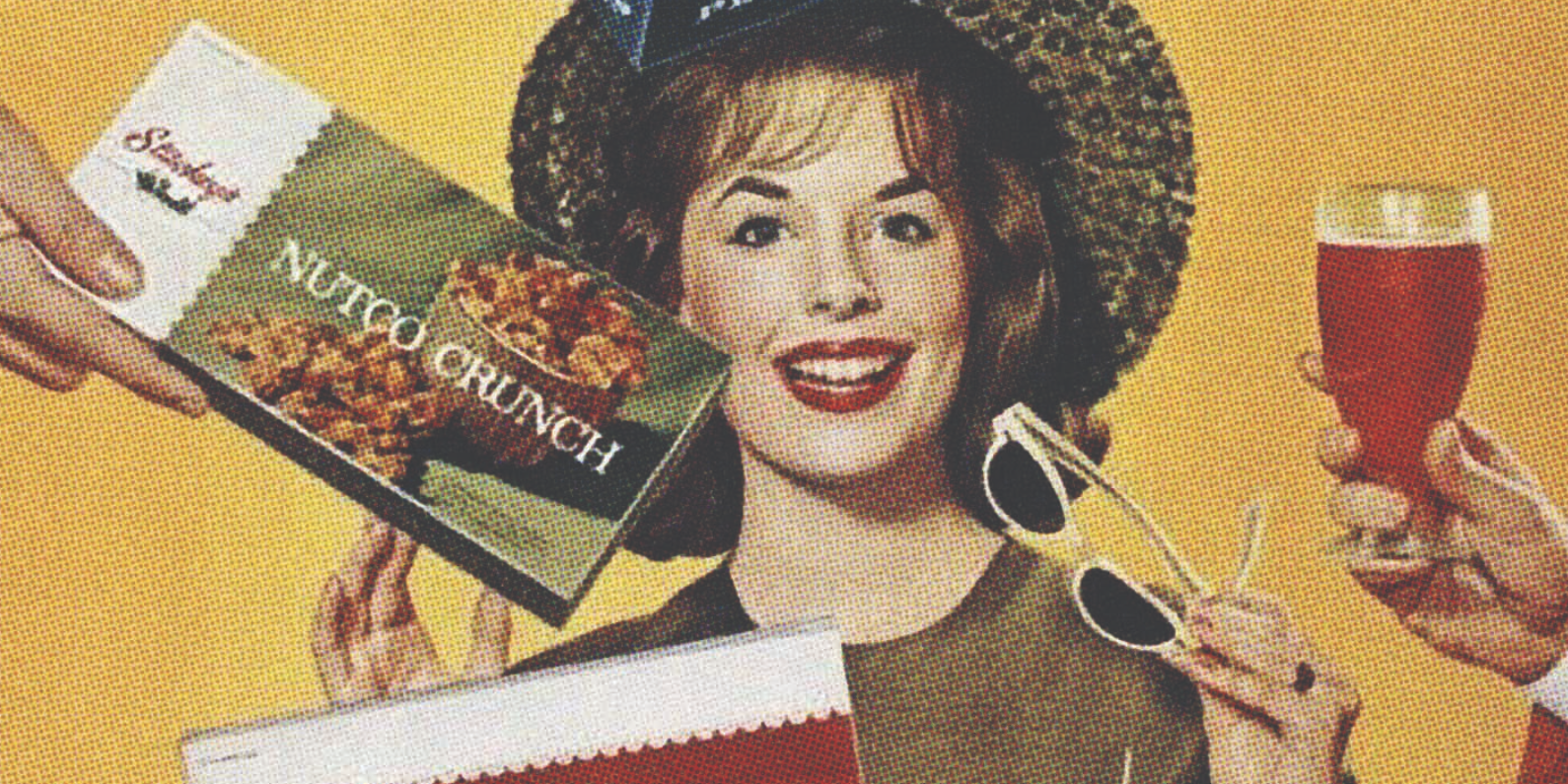
Kiwi creates miniature LA landmarks and sells them to the stars
Kiwi, Kieran Wright, straight out of Napier, is making it big in Los Angeles by cutting the City of Angels down to size.
He creates meticulous miniature models of famous LA landmarks and sells them to the city’s most famous residents, Hollywood stars, rock gods and goddesses, the A-listers.
Household names like Ringo Starr, Christine Aguilera, Slash and Quentin Tarantino.
The buildings Kieran chooses are not the ones you would expect; burger joints, theatres, music venues and hotdog stands but they celebrate a golden age when the car was king and Los Angeles was the centre of the entertainment world.
A look at San Antonio’s Pig Stand through the years

Shown here in 1931, the Pig Stand on Broadway is the last one surviving of a chain that once exceeded 130 locations and stretched from coast to coast. A bankruptcy filing in 2005 led to the closure of five other Pig Stand restaurants in Texas. Courtesy Photo
Rumors have been circulating since last year that the 101-year-old Pig Stand would close, and we learned on Friday, March 11, the Broadway diner is serving is last plate on Sunday, March 12. Owner Mary Ann Hill confirmed the news to MySA, noting she had open heart surgery last year, her doctor said operating the restaurant is causing her too much stress, and she’s doing what is best for her health.
Indigenous statue in Charlemont should go

The Native American statue at Himalayan Views on the Mohawk Trail in Charlemont. STAFF FILE PHOTO
I’ve been following with interest the fate of the statue outside the Native and Himalayan Views shop on Route 2 in Charlemont. I love kitschy folk art and found it humorous, but in reality a Cigar Store Indian as advertisement is not any more appropriate than a large statue of Aunt Jemima outside a pancake house.
Many people are unaware that their beliefs are manipulated by stereotypical images. But given the right venue (probably not roadside kiosks) items of racial and gender stereotypes can be shocking, informative, and transformative. This is often the case with folk art exhibits. Rather than destroy an example of where we were and should no longer be, perhaps it’s time to re-home the statue to a museum explaining the intent and harm of these stereotypes.
Posts From The Road: Casa Grande Neon Sign Park

Neon Sign Park: Shown is a view of several of the neon signs in the Casa Grande Neon Sign Park. All signs in the park are from local businesses except for the Dairy Queen sign, which was rescued from Holbrook, Ariz. on Route 66. The neon sign park contains 14 saved and restored signs. Photo by Gary Warren/ladailypost.com
Traveling this magnificent country during retirement has kept my camera shutter busier than ever. We love the varied landscapes, outdoor parks, cities, museums and about any other roadside stop of interest you can imagine. One of my favorite photo subjects is “Americana”, which includes many aspects of daily life and culture in times present and past.
One item of Americana, neon signs, are always a favorite target for the camera. Neon signs were first used in1923 in Los Angeles but really became popular after World War II when Americans began to take family road trips. Neon signs were used to attract travelers to motels, restaurants, businesses and other local attractions along the roadways.
Many businesses became creative and had custom designed neon signs made which reflected their business or attraction. The soft, flickering colors of these signs were truly works of art and were very effective at grabbing the attention of travelers as well as locals.
Stuckey’s Redux

In the 1960s, highway billboards invited us to “Refresh-Relax-Refuel” at 368 teal-roofed Stuckey’s, including one in Mappsville, on Virginia’s Eastern Shore. With its Texaco gas, pecan log rolls, and kitschy souvenirs like coonskin caps and Mexican jumping beans, Stuckey’s created road trip memories for generations.
Founded in 1937 by W. Sylvester Stuckey, Sr. as a Georgia roadside pecan stand, the brand faltered after the family sold to Pet Milk in the 1970s.
In an attempted buyback, Billy Stuckey, son of the founder, recruited investors and launched DQ Stuckey’s in a string of Dairy Queens. When her father’s move fell flat, Stephanie Stuckey bet her life savings on her family’s ailing chain.


